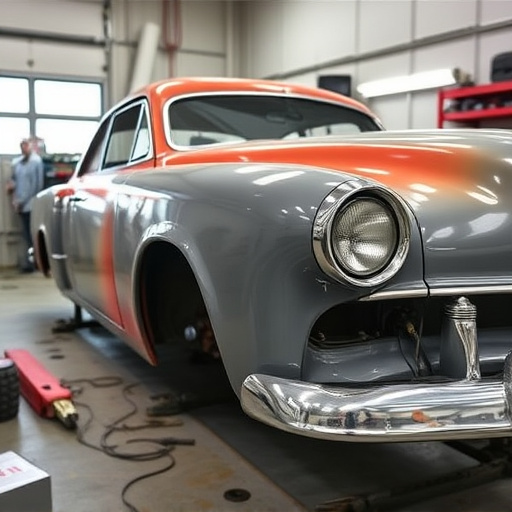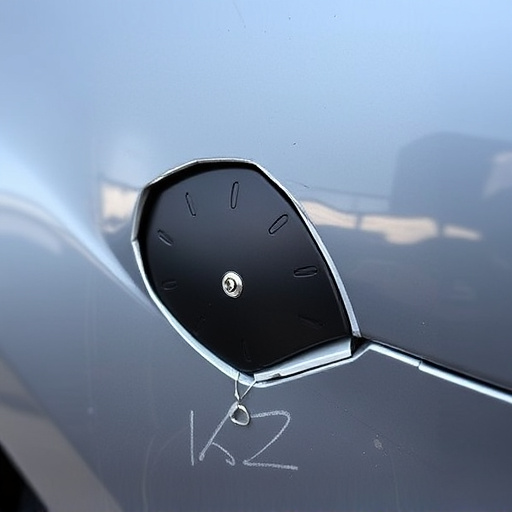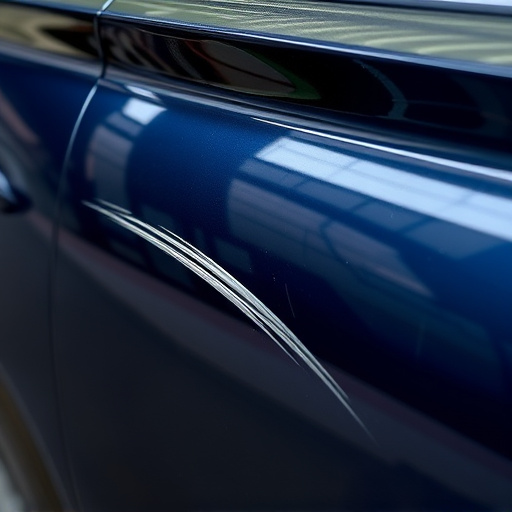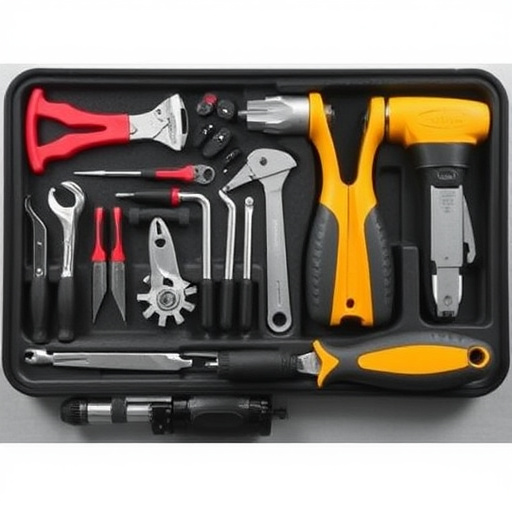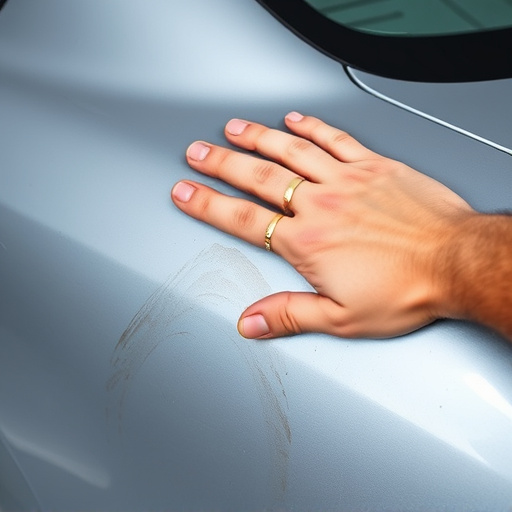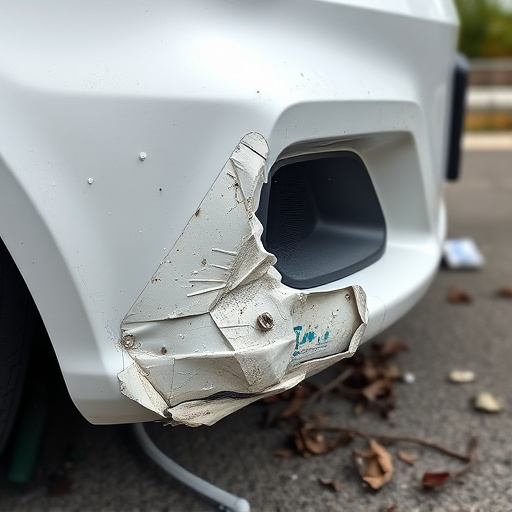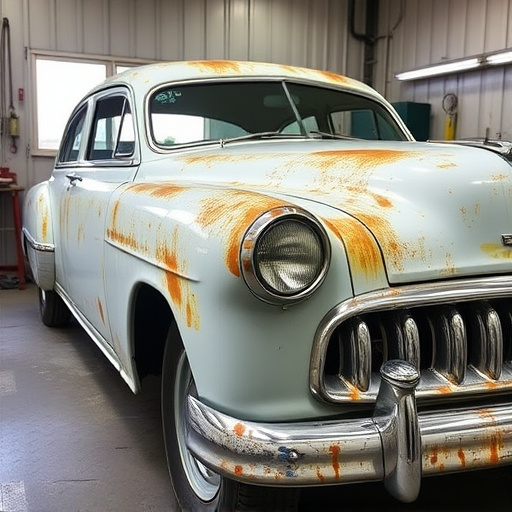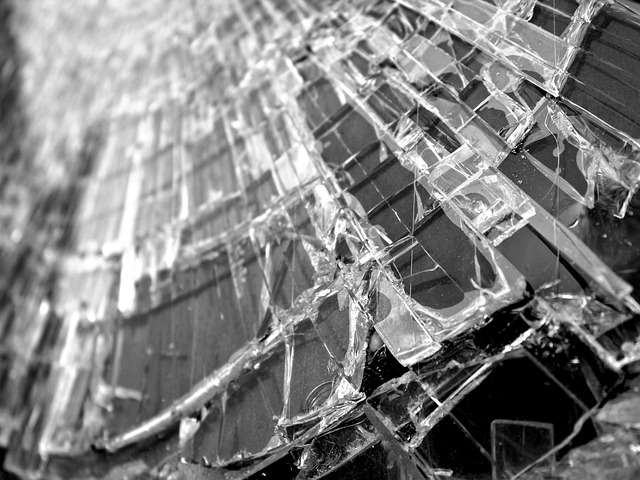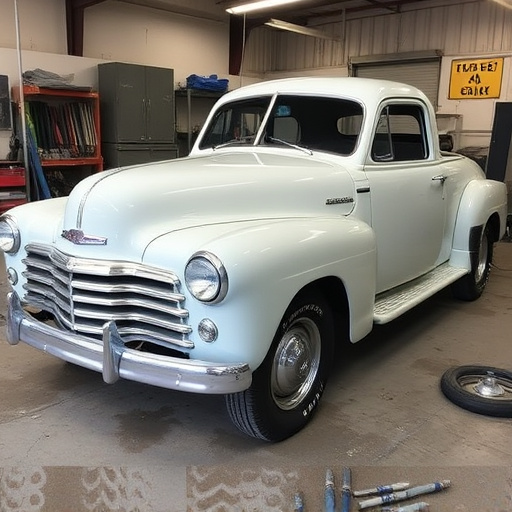Restoring airbag systems involves specialized skill and meticulous detail, beginning with removing faulty components and rigorous repair quality verification. Experts use advanced tools to ensure each part meets high standards, including replacing sensors, recalibrating systems, and reprogramming modules. This process maintains critical safety features, with skilled technicians employing multi-faceted methods to detect imperfections, guaranteeing system reliability and integrity for life-saving protection in emergencies.
In today’s automotive landscape, reliable airbag and sensor restoration is paramount for vehicle safety. This article delves into the critical process of repair quality verification for these essential systems. We explore the intricate airbag and sensor restoration process, highlighting the pivotal role of verification in safeguarding drivers. Furthermore, we detail proven methodologies for comprehensively assessing repair quality, ensuring restored components meet strict safety standards. By understanding these practices, technicians can implement best practices for reliable airbag and sensor functionality.
- Understanding Airbag and Sensor Restoration Process
- The Role of Verification in Ensuring Safety and Quality
- Methodologies for Effective Repair Quality Assessment
Understanding Airbag and Sensor Restoration Process
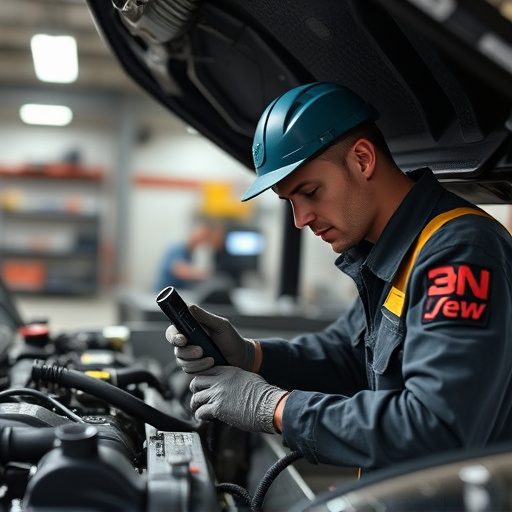
The process of restoring airbag systems and sensors is a meticulous one, requiring specialized knowledge and attention to detail. It involves several critical steps to ensure safe and effective operation. First, the damaged or faulty component is carefully removed, with specific considerations for each vehicle model. This may include disassembling complex mechanisms, such as airbags, to access and inspect internal components. Once extracted, every part undergoes a thorough inspection process known as repair quality verification. Here, experts scrutinize each element for signs of wear, damage, or defects, using advanced diagnostic tools to ensure they meet the highest standards.
Restoration can involve replacing worn-out sensors with new ones, recalibrating systems, and reprogramming modules to guarantee optimal performance. The goal is not just to fix but also to restore the original functionality and reliability of these safety features. Following verification, components are reassembled, and the entire system is rigorously tested in simulated conditions to match factory specifications. This rigorous approach ensures that when a vehicle’s airbags or sensors are restored, they function as intended during an emergency, providing drivers with the vital protection they rely on.
The Role of Verification in Ensuring Safety and Quality
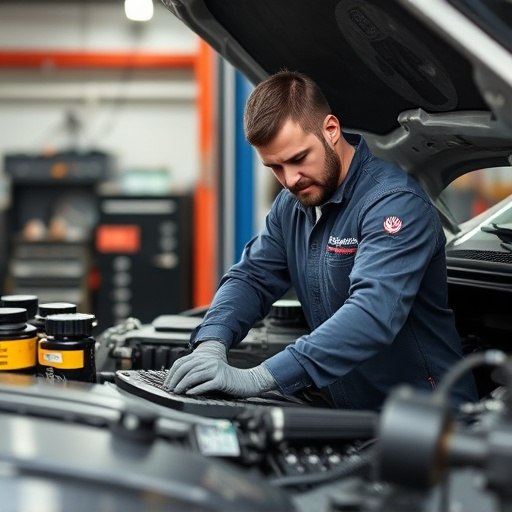
In the intricate process of restoring airbag systems and sensors, which are critical components of modern vehicles’ safety features, repair quality verification plays a pivotal role. This meticulous step ensures that every part is not just repaired but restored to its original specifications, maintaining optimal functionality and safety standards. By employing advanced testing methods and precise tools, auto glass repair and vehicle paint repair processes can be accurately assessed, guaranteeing the integrity of these vital systems.
Verification serves as a robust safeguard against potential hazards on the road. It involves comprehensive inspections and rigorous quality checks to detect even the minutest imperfections that could impact performance. Skilled technicians utilize specialized equipment to verify the reliability of sensor functions, airbag deployment mechanisms, and overall system integration, ensuring every repaired component meets or exceeds industry standards. This meticulous approach is essential in mitigating risks associated with vehicle safety, making it a cornerstone in the success of any reputable car repair shop’s restoration services.
Methodologies for Effective Repair Quality Assessment

Ensuring the highest standards in repair quality verification is paramount when it comes to restoring airbags and sensors—critical safety features in modern vehicles. To achieve this, auto body repairs shops employ a multifaceted approach that integrates both technical expertise and meticulous processes. One key methodology involves utilizing specialized testing equipment designed to mimic real-world conditions, enabling technicians to validate the functionality of replaced components.
Additionally, comprehensive visual inspections and performance simulations are conducted to assess not just the physical repair but also the overall system integration. This holistic evaluation extends beyond individual parts to encompass how seamlessly each component integrates with others, ensuring optimal deployment and responsiveness during emergencies. Such meticulous practices contribute significantly to the reliability of collision repair services, ultimately enhancing passenger safety in the event of an accident.
Repair Quality Verification plays a pivotal role in ensuring the safety and reliability of restored airbags and sensors. By implementing robust methodologies, professionals can meticulously assess each component’s integrity, thereby guaranteeing optimal performance and public safety on the road. This rigorous process is essential to maintaining the highest standards in vehicle restoration, offering peace of mind for drivers and passengers alike.
